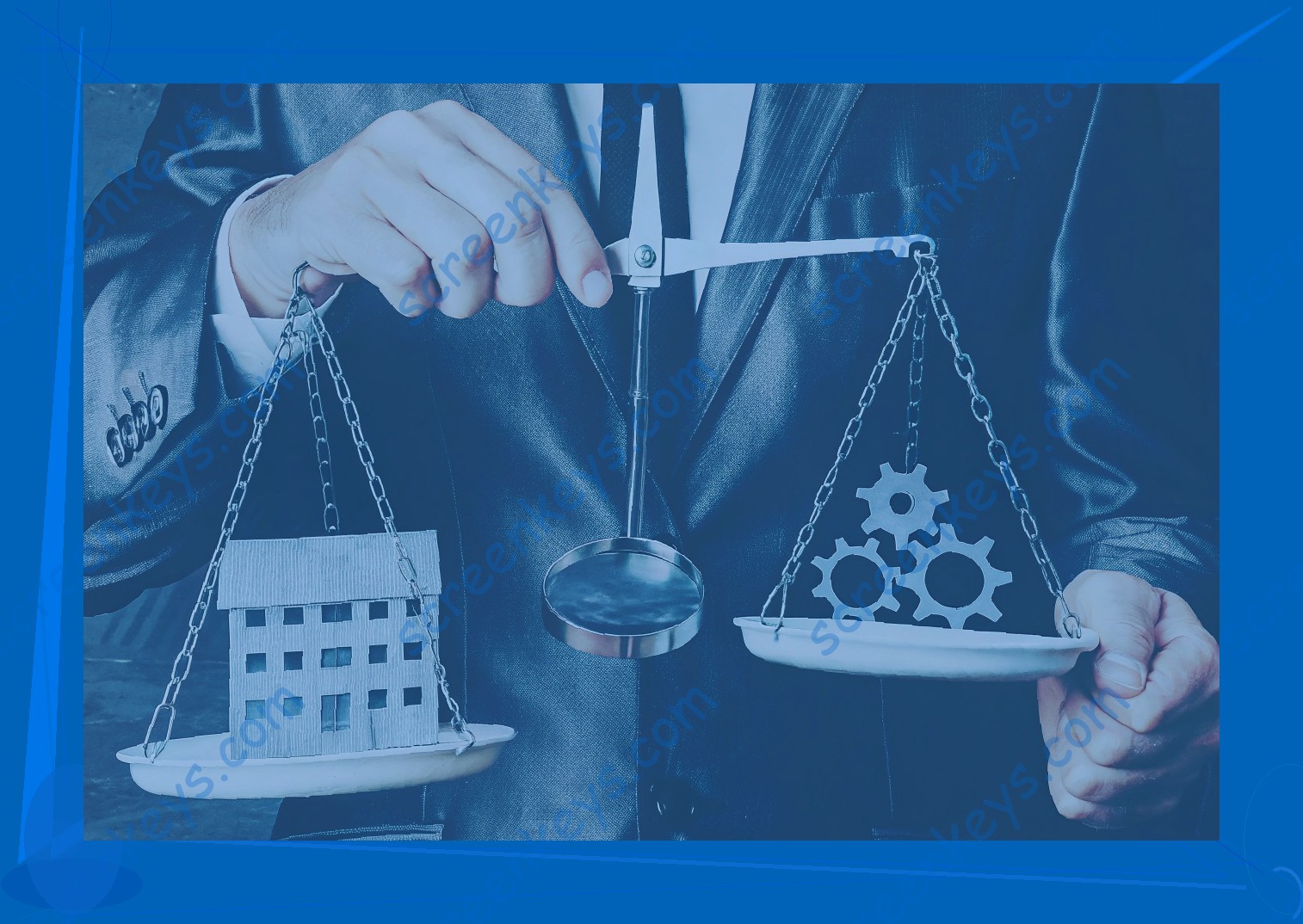What Is A Buy-Sell Agreement
A buy-sell agreement is an arrangement between co-owners of a business or practice regarding the rights of owners if one of the owners dies or becomes disabled, wants to leave the business, divorces, or retires. It is usually triggered when a co-owner dies or becomes disabled. The purpose of the agreement is to prevent disruption by spelling out the buyout process so the business can continue as an intact entity.
In a well-written buy-sell agreement , purchase prices and terms for selling the business are spelled out for each investor, shareholder, partner, or co-owner. If the business or a co-owner needs to be sold during the term of the agreement, the terms of the buy-sell agreement prevails.
The buy-sell agreement is a valuable tool for business succession planning and for protecting the ability of a family member to keep the business running after the owner or a partner dies.

How Life Insurance Fits In To Buy-Sell Agreements
Life insurance is one of the most common ways to fund buy-sell agreements. We will examine how your life insurance company structures the benefits, and then we will explore some of the advantages to the use of insurance in your agreement.
HOW IS THE POLICIES BENEFIT STRUCTURED?
Insurance providers will generally structure the benefit as an alternative obligation (or, in some jurisdictions, a joint or tandem obligation). Essentially, this means that, when the insurer receives putative beneficiary’s notice, it will pay the benefit to the appropriate beneficiary as soon as they receive satisfactory proof (death certificate, etc.). In some jurisdictions, insurance providers are not permitted to insist that the entire death benefit be substituted as the purchase price for the business interest in question. Insurance providers need to follow the ordering of beneficiaries in their policies. Thus, if multiple beneficiaries are designated, the insurance company will follow that beneficiary order when making the final disbursement.
In the alternative, insurance companies may treat the death benefit as an indemnification of the survivor, if any. This will typically be carried out by treating the deceased’s interest as an unsecured claim for the amount of the policy. The buy-sell agreement determines whether or not the insurer’s liability is reduced by an offset to equalizing payments.
The last method by which insurance companies can structure the buy-sell benefit is to have the benefit, in fact, be the direct payout for the beneficiary’s portion of the business. The insurance company will consider the value of the business, make payments as they fall due, and will treat the remaining capital interest as a guaranteed claim against the business group in the event that not all of the death benefit is paid out.
ADVANTAGES TO PURCHASING INSURANCE
The primary advantage to the purchase of insurance for a buy-sell agreement is that premiums are much lower than the corporate tax rate on the company’s collective capital. By purchasing life insurance, the buy-sell agreement will result in a tax-free capital gain for the beneficiaries. Thus, if the insurance policy is structured correctly, the policy itself may count as the business’ capital interests.
Similar to this is the fact that insurance funds within an agreement are considered to be part of a pooled risk. That is, even though the parties to a buy-sell agreement may be wealthy, the distribution of wealth and assets within a family estate reduces the total risk to the insurer. Moreover, the pooled nature of the benefit will allow the business to purchase enough insurance to guarantee buyouts from the funds available. An alternative means, such as a loan agreement, on the other hand, will require full payment in installments, placing an undue burden on the business.
More importantly, insurance is a guarantee that the business will be able to buy back the shares sold in the event of any death. Without insurance, buy-sell agreements are no guarantee that the business will be able to fulfill its agreement.
Insurance also avoids the issue of being limited to fixed costs of carrying capital interest through death. With an insurance agreement, the fixed cost of your capital interest will be spent, allowing for the buy-out without any additional taxation. Partially paid benefits, on the other hand, will be subject to taxation on the remaining difference between the purchase price and the remainder of capital interest owned by the beneficiary.
Forms of Buy-Sell Agreements
There are a number of different types of buy-sell agreements, including cross purchase, entity-purchase, and hybrid agreements. In a cross purchase agreement, the owners of the business purchase life insurance on the lives of the other owners and name themselves as the beneficiary. So multiple owners usually enter into a separate agreement. In an entity-purchase agreement, the business itself purchases the life insurance, naming itself as the beneficiary. In a hybrid agreement, some or all of the business owners may purchase the life insurance while the business itself also purchases a policy. If the business is the owner and beneficiary of the policies, the remaining businesses owners must be careful to ensure that they are not subject to double taxation when they receive the policy benefits.
Structuring a Life Insurance Buy-Sell Agreement
A life insurance buy-sell agreement can be structured in a number of ways, depending on the needs of the parties and their objectives of the agreement. Often, "cross purchase" agreements are used whereby each party separately owns a policy which names the other party as the beneficiary. In the alternative, the agreement may provide that the company is to hold insurance on the lives of the owners in the amount sufficient to purchase the decedent’s stock in a redemption of the decedent’s interest. The corporation itself can take out and control the policy, and the corporation will be named as beneficiary and also as the assignee of the rights under the policy.
In structuring the agreement, consideration should be given to the accumulated earnings of the business, since accumulated earnings may trigger an income tax payment at the time of transfer. Another consideration is whether there are any community interests in the business, or if there are multiple non-marital parties involved in the business enterprise.
In determining whether the insurance premiums are to be paid by the non-marital party or the company, or whether the insurance proceeds are to be owned by the non-marital party or the corporation, tax consequences must be considered.
Tax Considerations and Implications
One key aspect of a life insurance funded buy-sell agreement is tax. Properly put into place, the tax implications arise on the death of a party to the agreement, and the proceeds of the life insurance policy paid to the corporation or partnership are paid in and the shareholder or partner leaves the arrangement because they are no longer living. While the corporate or partnership buy-sell agreement is not itself a taxable event, there are a number of tax considerations and issues to be aware of.
Life Insurance is a Capital Dividend Common shares of a corporation are taxed at death. If a shareholder owns a corporation and the value of their shares is $1 million, and on their death that is where the value of their shareholdings is, the shares are deemed by our Income Tax Act to have a value of $1 million on their death and must be reported on their final return. This deemed realization is a capital gain, and half of the capital gain is taxed at either 50% or 25% of the rate for full inclusion up to the annual tax inclusion rate (the 50% rate or the 25% depending on the tax bracket of the deceased). However, one big tax advantage to having life insurance in a buy-sell agreement is that the life insurance payout (what the life insurance policies are worth) is treated as a capital dividend and is not taxable when received.
Of course, if there are different classes of shares, the lawyer who drafts the buy-sell agreement will usually include a clause that says the insurance proceeds can’t be used to buy the balance of the shares of a different class. If this is the case , if the other shareholders would be receiving money but not actually having to pay for the shares, the Canada Revenue Agency (CRA) will disallow or deem the entire capital dividend to be a taxable dividend rather than a tax-free capital dividend. This would result the shares being purchased at a higher price and some of the proceeds being taxable.
One strategy that has come up in the case law is that if you put in the agreement that the remaining shareholders must take the full amount of shares and allocate the price among all the remaining shareholder, even if they are different classes of shares, then the entire amount is a tax-free capital dividend to the estate of the deceased shareholder.
When is the Capital Dividend Account Taxable? The second question is when does the capital dividend account (CDA) become taxable? There is a distinction between the amount of the policy that is attributable to the shares owned by the deceased as opposed to the insurance proceeds. You determine the amount of the policy that could be attributed to each share on a pro rata basis, meaning that you take the total amount of all policies and divided by the number of the deceased’s shares. If the amount paid out is not equal to twice the value of the shares shares on hand, the policy payment would be divided and only the portion attributable to the amount equal to twice the value of the shares subject to the buy-sell agreement is treated as a tax-free capital dividend. The balance would be a taxable dividend.
Potential Problems and Pitfalls to Avoid
The challenge of navigating the complexities of buying out an owner’s interest can lead to a variety of unforeseen problems, many of which can be avoided if caught early and handled properly. Among the more common challenges are the following:
Insurance Owned by the Company. Many business owners, particularly those who are owner-employees, are reluctant to set up a buy-sell agreement and then pay life insurance premiums through the company. They are concerned about the additional cost of group term life insurance, over which they have very little control. These owners typically prefer to pay premiums personally, because they assume personal insurance costs to be much less.
Texas law assumes that an employer is precluded from paying premiums on an employee’s personal life insurance policy unless the employer is the owner of the policy. The result can be costly tax consequences – assuming the breach is discovered.
Real Property Interests. With respect to real property owned by a company, a buy-sell agreement is usually more difficult to accomplish, and often requires greater detail, than with respect to a company’s other assets. This is so because real property is often owned by a separate entity. In addition to creating greater complexity, this ownership can result in significant expense if interests in an entity must be valued. Many business owners, therefore, use a buy-sell agreement with respect to only some of their assets, often leaving out real property.
Unfunded Buy-Sell Agreements. A major pitfall with certain buy-sell agreements is that they are not properly funded. In these cases, the company will pay to the deceased owner’s heirs the value of the deceased owner’s interest in the company. However, if not properly funded beforehand, the company often does not have sufficient money to pay the deceased owner’s heirs, forcing the company to borrow or sell assets to fund the purchase. This, in turn, will leave the company with insufficient capital to operate its business, and may require the company to sell off its assets at an unreasonably low price.
The first step to avoid these problems is to execute a good buy-sell agreement and keep it up to date. The next step is to properly fund the buy-sell agreement, usually using life insurance. If properly funded, a buy-sell agreement provides essential and predictable funding at the time the company most needs it.
Buy-Sell Agreement Success Stories and Examples
Consider the experience of a small manufacturing company in California. When its owner, Paul, passed away unexpectedly at the age of 63, the business was left in a potentially vulnerable situation. The most likely buyer for the business was a major competitor who had long viewed the company’s customer base as a key element in building its market share. But the not-so-coincidental death of Paul was viewed by the competitor as an opportunity to secure what it wanted without paying the fair value.
Fortunately, Paul had planned beyond his retirement. When the business was formed, Paul and his wife had executed a buy-sell agreement that included life insurance policies that would fund the purchase of the business, if something should happen to Paul.
Part of that planning involved selecting a valuation expert to determine the value of the business. That expert was not selected because he or she was Paul’s good friend. Paul and his wife recognized that this was a critical part of the process to be handled "by the numbers." So they chose one of the top firms that specialized in business valuation. Not only did that diligent work save the business, its employees and its customers, it served to protect the family’s financial security for a generation and many generations to come.
Consider another scenario. Ingrid and Maria are equal partners in a small flower shop. They both have young children. While in perfect health, Ingrid and Maria worry about how their children will handle the stresses and challenges of running a business. Maria finds it particularly important that Ingrid’s children not be burdened with the reins of the business if something should happen to Ingrid right now. While it is tempting for Ingrid to say everything will work out, and there is no need for anything right now, Maria has been convinced of the wisdom of acquiring life insurance policies to fund their buy-sell agreement. Ten years pass and both women have done well, both personally and professionally. And when Ingrid dies from another auto accident, Maria is able to purchase the equity from Ingrid’s children and go on to lead the business successfully into another generation.
In another example, Charles and Janice invested heavily in a bed and breakfast they purchased shortly after their honeymoon to be their "retirement" home. Charles also maintained his engineering practice five-days a week. They spent evenings and weekends at the B&B, marketing and managing. They thought they had taken every precaution by having a healthy nest egg in savings, an active marketing campaign and short wait list for a room. But the town changes and a new bridal shop/venue opens and starts to draw brides and parties from the Boulevard Hotel down at the intersection. That hotel is three miles away, and the bridal shop takes the business for the future. A year later, as they were about to close the B&B, they received a call from the son of an old high-school classmate who told them they wished they would have called him first because he would jump at the chance to buy the B&B. The B&B would then become one of his destinations to bring his computer clients in from Europe, maintain a country home, and his wife could host family reunions here. What was done to attract a new client? The secret was explaining that while they might lose the tourism opportunity, they would loosen the purse strings for the expected profits from the B&B.
Desperation is not plan for success. Plan like the above stories. A surprising number of people require enrollment in a "buy-sell" agreement with life insurance, without exception.
Implementing A Buy-Sell Agreement
Buy-sell agreements are relatively simple documents that involve several steps to set up. Once the business owner has engaged the services of his or her professional advisors, the following series of steps may be outlined:
- Calculation of Policy Amount — Determine the value of the business by using various valuation methods such as the asset sale method, the market value method, and the earnings value method. In addition, it is important to determine the value of each owner’s interest.
- Selection of Insurance — Select the policies that are to be purchased . This selection will depend on the tax and practical considerations.
- Finalization of Agreement — Work with professional advisors to finalize provisions in the agreement to address issues such as policy transfer, death proceeds, liability, and loan default.
Ownership of the business entity should be consulted with an accountant and attorney to consider the use of stock redemption plans, cross-purchase plans, or hybrid arrangements that permit the use of any combination of these plans.



